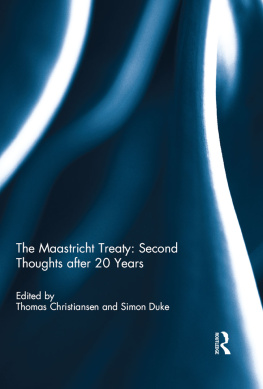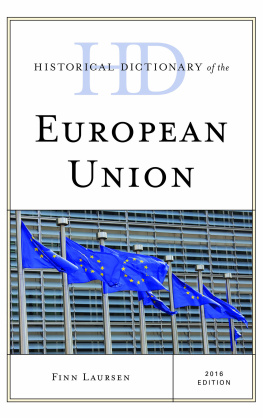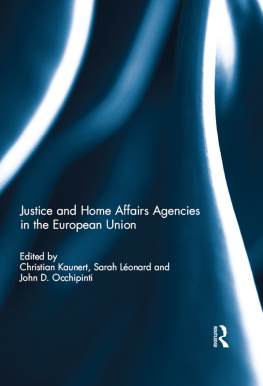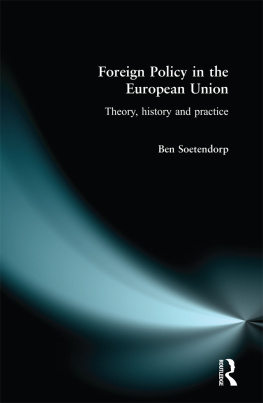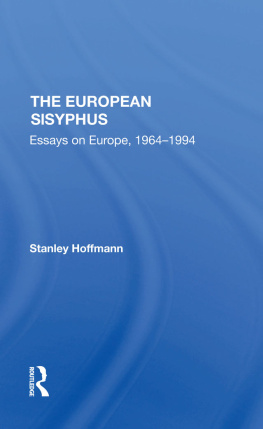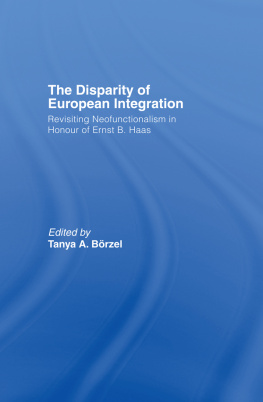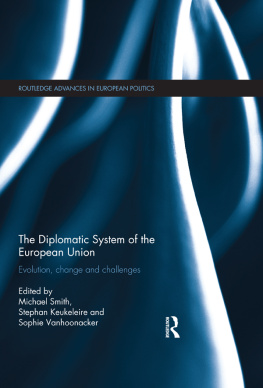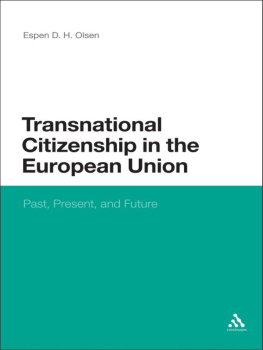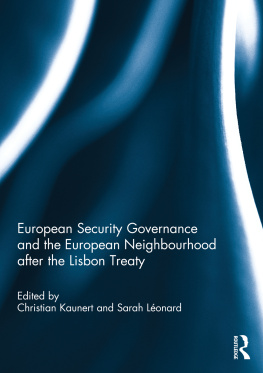The Maastricht Treaty: Second Thoughts after 20 Years
The Maastricht Treaty, signed in 1992 and ratified in the following year, is widely seen as a landmark in the evolution of the European Union. It introduced into the treaty framework revolutionary new elements such as the co-decision procedure between the Council and the European Parliament, cooperation in the area of Justice and Home Affairs, the Common Foreign and Security Policy and the Euro as a single currency for the majority of the then member states. It also introduced the concept of European citizenship into the treaty, reflecting the rising expectations of both citizens and decision-makers in the European project, and upgraded the role of the European Council at the summit of the EUs institutional structure.
Twenty years later, each of these innovations remains of central importance for the process of European integration, while current developments provide a valuable opportunity to reflect on the historical decisions taken in Maastricht in order to assess their significance and examine the subsequent evolution of the Union.
This volume brings together an international group of leading scholars in the field in order to provide such an assessment, with each chapter both looking back over the developments within each of these domains as well as looking ahead to the way in which the EU is positioned to address current challenges.
This book was published as a special issue of the Journal of European Integration.
Thomas Christiansen is Jean Monnet Professor of European Institutional Politics at Maastricht University. He is Co-Director of the Maastricht Centre for European Governance (with S. Vanhonacker) and Executive Editor of the Journal of European Integration (with S. Duke). He has published widely on different aspects of the institutional politics of the EU.
Simon Duke is a Professor at the European Institute of Public Administration (EIPA), Maastricht, Netherlands. He has published several monographs and his work has also appeared in numerous academic journals including the Journal of Common Market Studies, International Politics, European Foreign Affairs Review and the Hague Journal of Diplomacy.
The Maastricht Treaty: Second Thoughts after 20 Years
Edited by
Thomas Christiansen and Simon Duke
First published 2013
by Routledge
2 Park Square, Milton Park, Abingdon, Oxon, OX14 4RN
Simultaneously published in the USA and Canada
by Routledge
711 Third Avenue, New York, NY 10017
Routledge is an imprint of the Taylor & Francis Group, an informa business
2013 Taylor & Francis
This book is a reproduction of the Journal of European Integration, vol. 34, issue 7. The Publisher requests to those authors who may be citing this book to state, also, the bibliographical details of the special issue on which the book was based.
All rights reserved. No part of this book may be reprinted or reproduced or utilised in any form or by any electronic, mechanical, or other means, now known or hereafter invented, including photocopying and recording, or in any information storage or retrieval system, without permission in writing from the publishers.
Trademark notice: Product or corporate names may be trademarks or registered trademarks, and are used only for identification and explanation without intent to infringe.
British Library Cataloguing in Publication Data
A catalogue record for this book is available from the British Library
ISBN13: 978-0-415-64126-5
Typeset in Times New Roman
by Taylor & Francis Books
Publishers Note
The publisher would like to make readers aware that the chapters in this book may be referred to as articles as they are identical to the articles published in the special issue. The publisher accepts responsibility for any inconsistencies that may have arisen in the course of preparing this volume for print.
Contents
Thomas Christiansen, Simon Duke & Emil Kirchner
Michael Smith
Jrg Monar
Anne Rasmussen
Wolfgang Wessels
James A. Caporaso & Min-Hyung Kim
Kenneth Dyson
Beate Kohler-Koch
J. H. H. Weiler
Desmond Dinan
The chapters in this book were originally published in the Journal of European Integration, volume 34, issue 7 (November 2012). When citing this material, please use the original page numbering for each article, as follows:
Chapter 1
Understanding and Assessing the Maastricht Treaty
Thomas Christiansen, Simon Duke & Emil Kirchner
Journal of European Integration, volume 34, issue 7 (November 2012) pp. 685-698
Chapter 2
Still Rooted in Maastricht: EU External Relations as a Third-generation Hybrid
Michael Smith
Journal of European Integration, volume 34, issue 7 (November 2012) pp. 699-716
Chapter 3
Justice and Home Affairs: The Treaty of Maastricht as a Decisive Intergovernmental Gate Opener
Jrg Monar
Journal of European Integration, volume 34, issue 7 (November 2012) pp. 717-734
Chapter 4
Twenty Years of Co-decision Since Maastricht: Inter- and Intrainstitutional Implications
Anne Rasmussen
Journal of European Integration, volume 34, issue 7 (November 2012) pp. 735-754
Chapter 5
The Maastricht Treaty and the European Council: The History of an Institutional Evolution
Wolfgang Wessels
Journal of European Integration, volume 34, issue 7 (November 2012) pp. 753-768
Chapter 6
The Maastricht Treaty at Twenty: A Greco-European Tragedy?
James A. Caporaso & Min-Hyung Kim
Journal of European Integration, volume 34, issue 7 (November 2012) pp. 769-790
Chapter 7
Maastricht Plus: Managing the Logic of Inherent Imperfections
Kenneth Dyson
Journal of European Integration, volume 34, issue 7 (November 2012) pp. 791-808
Chapter 8
Post-Maastricht Civil Society and Participatory Democracy
Beate Kohler-Koch
Journal of European Integration, volume 34, issue 7 (November 2012) pp. 809-824
Chapter 9
In the Face of Crisis: Input Legitimacy, Output Legitimacy and the Political Messianism of European Integration
J. H. H. Weiler
Journal of European Integration, volume 34, issue 7 (November 2012) pp. 825-842
Chapter 10
The Arc of Institutional Reform in Post-Maastricht Treaty Change
Desmond Dinan
Journal of European Integration, volume 34, issue 7 (November 2012) pp. 843-858
THOMAS CHRISTIANSEN, SIMON DUKE & EMIL KIRCHNER
ABSTRACT This article introduces the collection of articles of the special issue and provides a discussion of the common themes linking these contributions. The article stresses the continuing significance of the Maastricht Treaty and illustrates the various ways in which the key reforms of the early 1990s still matter today. This includes not only the bearing that the decisions at the time of the Maastricht Treaty have had on the current crisis of the Eurozone, but also the developments in the areas of foreign policy and justice and home affairs. Indeed, the very move towards pillarisation as well as key institutional changes such as the creation of the co-decision procedure and the elevation of the European Council all continue to play an important role today. The article concludes with some reflections about the legacy of the Maastricht Treaty, highlighting both the achievements of the treaty but also the shortcomings in terms of enhancing democratic legitimacy and engagement with civil society indicating the key challenges that the Union still faces today.

